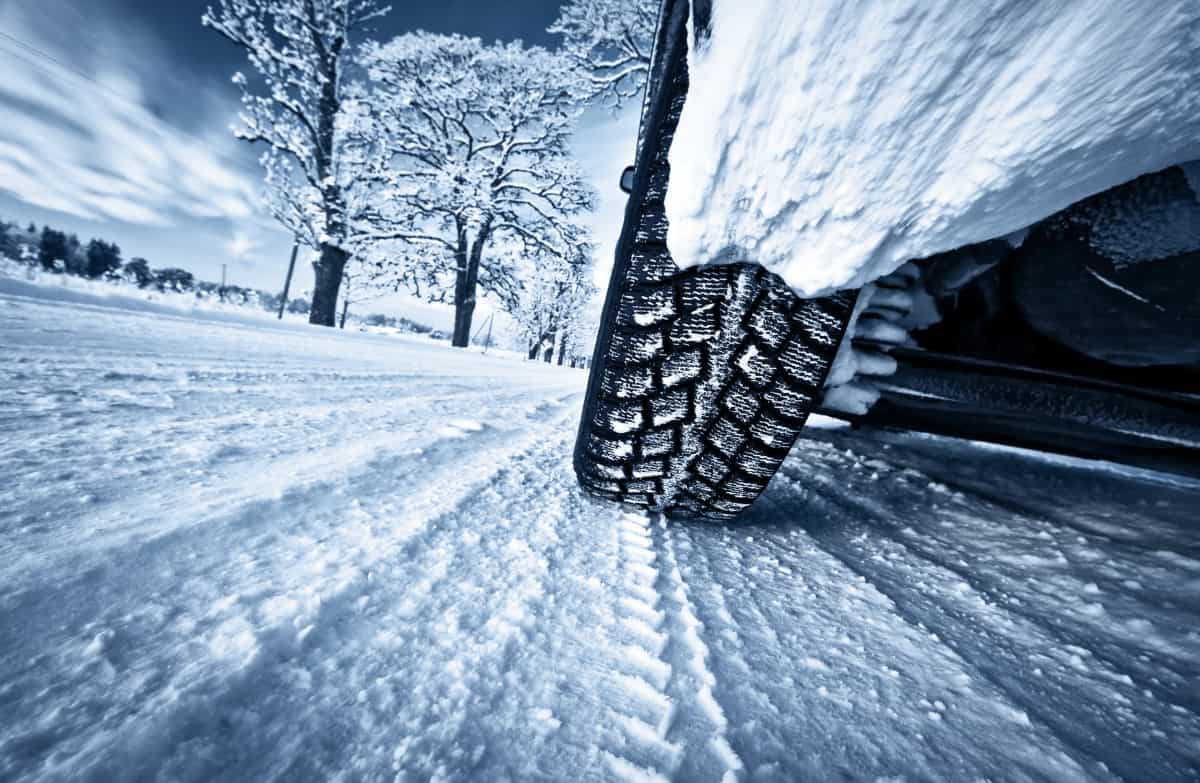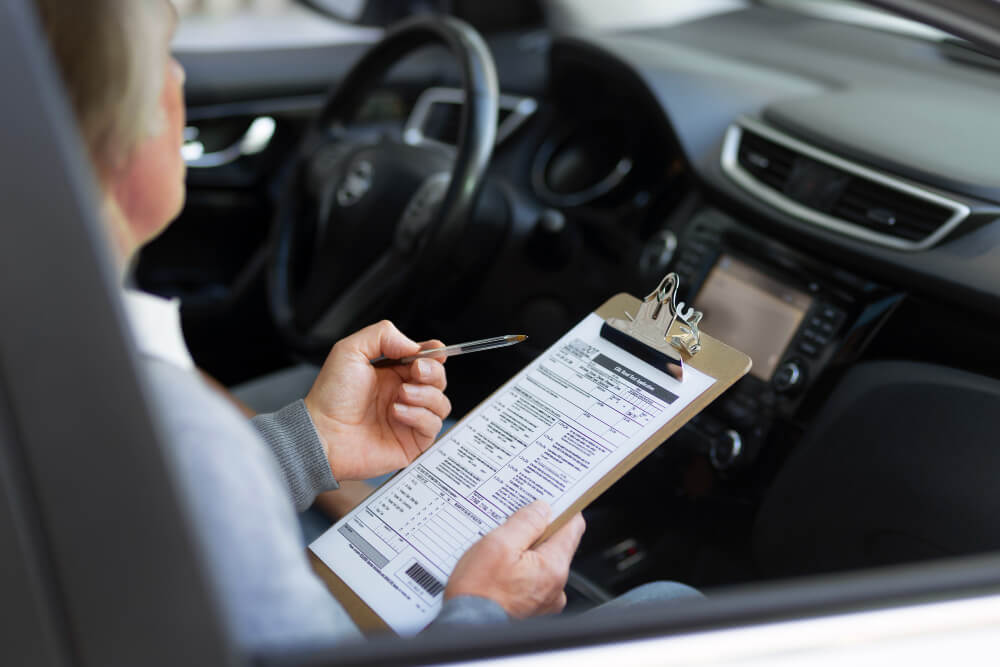Purchasing new tires may be a difficult task. And choosing from a large number of brands, sizes, and types of tires available on the market today can easily overwhelm you. But don’t worry; this guide will give you all of the information you need to select the best tires for your car, as well as maintain them.
How to identify whether you need new tires?
The tread depth of a tire significantly reduces when it gets close to the end of its lifespan. This reduces the tire’s grip, which might result in lower control of your car. The tread’s reduced thickness makes the tire more vulnerable to punctures as well. Anyone can check to see whether a tire needs to be replaced as it is so simple. Most tires contain tread wear indicators that are visible as rubber strips between tire grooves. The tire has to be replaced when they are revealed.
Placing a coin headfirst into the grooves will work as a substitute for the tread indications if you can’t detect them. The tire is worn out if the top of the head is visible (below 2/32 inches of tread depth). Tire wear is also influenced by age; typically, manufacturers advise changing any tire that is more than ten years old.
Is it worthwhile to save money by purchasing used tires?
Around 10% of tires sold each year in the US are preowned. The US secondhand tire industry is mostly uncontrolled. So, while it is feasible to buy used tires that are safe to reuse, we strongly advise against doing so. There is just no way to see whether a used tire shop is being truthful about the calibre or age of its stock. If old tires fail, there is no recourse as a client, since no organization is responsible for assuring their safety. Furthermore, to make matters worse, faulty secondhand tires may cause a fatal collision.
How much air do your tires need?
Vehicle tires that are under or over-inflated can be as dangerous as worn-out ones. Inadequately inflated tires reduce fuel economy, distort handling, put further strain on steering parts, and hasten tire degradation.
The amount of air in a tire is determined by its tire pressure, expressed in PSI (pounds per square inch). Federal law has mandated tire pressure monitoring systems (TPSM) to be installed in all passenger cars sold in the US since 2007. TPSMs can alert drivers when pressure is low. An easy-to-use, budget-friendly gauge may be used to check the tire pressure in older vehicles at least once a month.
How much air should there be in the tires? You can often find the manufacturer’s suggested tire pressure on a label inside your car’s door jamb. Moreover, it is given in the instruction booklet for your car.
You will need to monitor the pressure since tires may gain or lose pressure as the weather changes. With the air compressors found in nearly all gas stations, this is quite hassle-free.
How to extend the life of your tires
Your new tires should last 70,000 miles based on the treadwear warranty. This is assuming that they are well taken care of. Take care to maintain the tires of your car inflated to the recommended level, rotate and align them as per the schedule in your instruction booklet, and also get them rebalanced if you notice any unusual vibrations. Ideally, with these measures in place, your tires should last 70,000 miles.
What kind of tires do I need for my car?
Here’s a list of vehicle tire types in the US:
All-weather tires
Today, most of the cars on road run on all-weather tires. These tires are made to function well all year round. That promises a smooth ride, balanced handling, quiet operation, and good traction in wet conditions.
However, these tires aren’t made for extreme winter conditions. That is, they struggle in the snow. In contrast, specialized winter tires sometimes referred to as snow tires, are more grippy in those conditions.
All-season tires come in two sub-categories, which are high-performance and grand touring all-season tires. All-season tires have higher handling capabilities than standard all-season tires. They provide a more secure grip on the road and lend a sportier sensation when driving, generally at the trade of traction in winter weather. These tires are designed for sportier vehicles and driving enthusiasts.
On the other hand, the grand touring ones have a lower-profile appearance than high-performance all-season tires, but they ride better at the expense of some handling capabilities.
A subgroup of grand touring all-season tires known as ‘all-weather’ tires has recently evolved. These tires provide a snow grip as good as winter tires while still performing similarly in other areas to traditional all-season tires.
Summer tires
Summer tires are specially made to offer dry and wet grip in hot or moderate climate conditions. They speed up steering response, increase cornering traction, and can stop your automobile completely in a lot less time. The majority of summer tires, however, only function at temperatures of 40 degrees F or greater. Therefore, they come at a price.
Summer tires may appear erratic and jittery when the temperature drops below freezing; they may lose a substantial amount of grip and behave as though they are driving on a wet or icy road.
Summer tires, like all-season tires, come in a variety of styles. Tire Rack categorizes them into three major classes based on their capability: max performance, ultra-high performance, and extreme performance.
Winter tires
Winter tires, formerly known as snow tires, deliver the greatest amount of traction in snowy and dangerous winter conditions. If you were to compare the braking performance or the cornering grip of an all-wheel-drive car equipped with all-season tires to a two-wheel-drive car outfitted with snow tires; you would be surprised to know that the snow tires will outperform them in winter conditions.
Winter tires are designed to work well in cold climates. As the temperature rises, they behave and wear differently than all-season or summer tires. Consider getting a second set of tires for your automobile if you live in a place that has frequent snowfall. The thick treads of these tires can provide tremendous traction enhancement, and boy, do they work!
Tire size and other factors
Here are some other factors to keep in mind when it comes to your vehicle’s tires:
Is tire size important?
Each automobile has a certain size and kind of tire that it needs to operate. While it is technically possible to install tires that are not the proper size for your car, you should do so with the understanding that you will be altering how well your car works.
Your tires’ aspect ratio or width may change, which might cause evident problems like tires that rub against the suspension. It can also result in additional problems like higher gearbox and engine wear and tear, a reduction in the amount of weight a vehicle can haul or carry, or even the inaccuracy of your speedometer and the ineffectiveness of your anti-lock brakes.
Of course, you’ve certainly seen muscle cars or off-road vehicles on the road with non-standard tire sizes. It is feasible to make those adjustments securely.
Larger tires can enhance ground clearance on a truck or off-road SUV, which can change the approach, departure, and break-over angles that drivers must take into account when rock crawling. A rear-wheel-drive sports car’s wider rear tires can help it accelerate more quickly, which is crucial for brief bursts of straight-line speed like those seen in drag racing. The additional weight and traction might, however, affect a car’s fuel efficiency.
A qualified shop can safely install tires of various sizes on the majority of automobiles. However, compared to simply buying new tires, it is far more work and expensive. To ensure that crucial safety features are not jeopardized, you can make adjustments by changing the wheels on which the tires are attached, the braking system, the differential on an all-wheel-drive or four-wheel-drive vehicle, and the programming or replacement of a vehicle’s computers. For those buying a car for a particular activity, like off-roading or drag racing, the cost could be acceptable.
Final thoughts
Your tires are the main point of contact between your car and the road, and the size of the impact area is around that of your palm. A proper set of tires will improve the acceleration, handling, and braking of your vehicle. So, ensure you check whether you have the right type and size of car tires today!




